Once There Was a Mall
Just off Lee Jackson Highway in Staunton, Virginia, the skeleton of a vanished retail hub still draws passing looks. For years, Staunton Mall held its place - not flashy, not sprawling, but known.
You didn't have to explain where you were going. People met under the clock by JCPenney or walked the long corridor without thinking twice.
That was the rhythm. Now it's quiet. The shell is cracked, the parking lot is empty, and the future is undecided.
Built to Anchor, Built to Last (1966-1982)
Rosenfeld Realty broke ground in 1966. They weren't aiming for grandeur - just a straight, practical retail center to meet a growing market.
The first tenant, Montgomery Ward, opened in September 1968.
Safeway came next, and by April 1969, JCPenney had moved in after its downtown building had caught fire earlier that year.
The whole place was called Staunton Plaza then. No roof, no climate control - just an open-air strip flanked by anchors and lined with storefronts.
The layout was clean and blunt - one level, roughly 300,000 square feet, with room for 2,000 cars.
The idea was movement: shoppers drawn between poles - Montgomery Ward on one end, JCPenney on the other, Woolworth and Peoples Drug between. It worked.
But the cracks started early. Safeway closed in 1982, caught in a labor dispute and outpaced by a non-union competitor in town.
Two years later, Sears stepped in with an outlet store, filling the gap with clearance goods and catalog leftovers.
The plaza kept running, but momentum had slipped. You could feel it in the storefront turnover.
Anchors shifted, leases changed, and Staunton Plaza began to look less like a plan and more like a patch.
The shape was still there, but the direction was drifting.
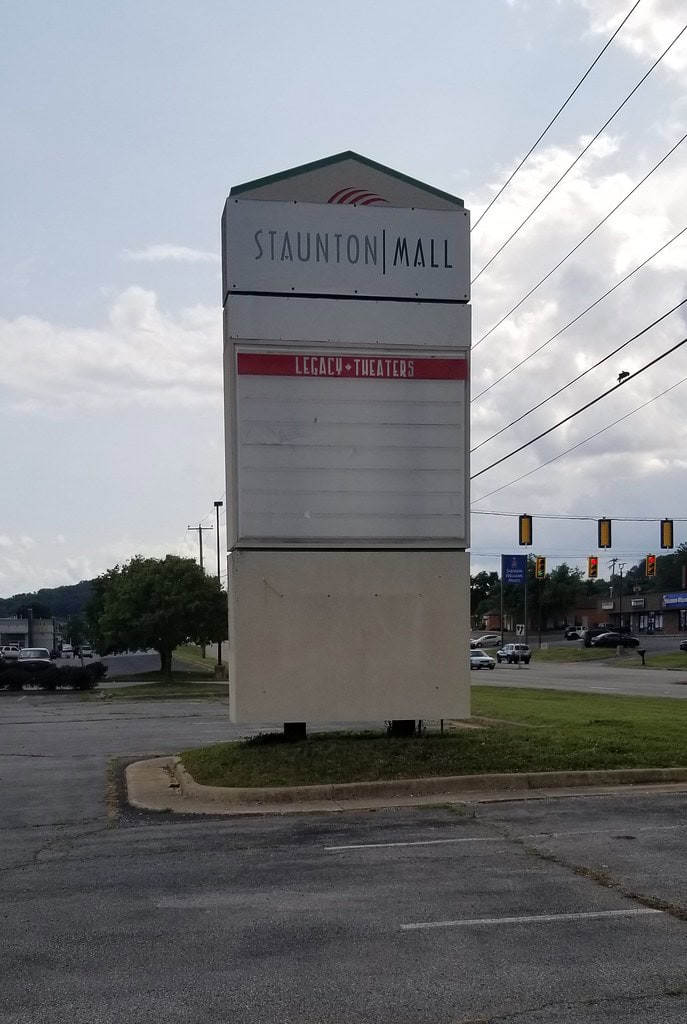
Expansion Plans and Rebranding (1985-1996)
By the mid-1980s, the original Staunton Plaza was showing wear.
Covington Co., the owner at the time, put forward a renovation plan in 1986.
The open-air model was scrapped.
They enclosed the concourse, expanded the retail footprint to 400,000 square feet, and aimed for a sharper pull in tenant mix.
A new department store, Leggett, opened in February 1987.
That marked a shift. The name changed, too - Staunton Plaza became Staunton Mall.
The updated mall added more shop space, modernized lighting, and pulled the anchors under one roof.
Leggett, based in South Boston, Virginia, had a history in Staunton dating back to the 1930s.
Bringing it into the mall gave the property a new anchor alongside Sears, JCPenney, and Montgomery Ward.
For a time, traffic held steady.
Still, cracks reappeared quickly. Sears shut down its outlet store in 1989, citing a sales decline.
Goody's filled the vacancy in October 1993.
That same month, Woolworth announced its Staunton location would close by January 1994, part of a national pullback.
Its space didn't sit empty for long. Stone & Thomas took over, repositioning the anchor lineup once again.
Another renovation cycle came in 1996 under Steven D. Bell and Co. They moved the food court closer to the cinema.
The center fountain was pulled out. The exterior got new paint and canopies. Some parts felt updated.
Others just looked patched. The mall had a fresh roof and a new name, but the rhythm of tenancy was beginning to slide.
Ownership Flips and Anchor Vacancies (1998-2014)
Colonial Properties Trust took over in 1998 and renamed the site Colonial Mall Staunton.
The old Stone & Thomas location closed, flipping again - this time to Peebles.
Leggett got renamed, too, after Belk bought out the chain.
The map stayed the same, but the names on the doors kept changing.
Montgomery Ward's closure in early 2001 left another anchor slot empty.
Colonial Properties spent time courting Target, Old Navy, and Sears, but none committed.
That space eventually went to Steve & Barry's in 2004.
They didn't last long. The clothing chain folded its Staunton store before the end of the decade.
In 2006, Gold's Gym arrived, taking over the Goody's footprint after that chain opted out of its lease.
It was a shift - fitness over apparel - but it didn't shift the larger trend.
Books-A-Million, which had once been a steady tenant, packed up and moved to Waynesboro.
In 2007, ownership changed again. First Republic Group Realty bought the mall and reverted the name to Staunton Mall.
The rebrand didn't steady things. First Republic went bankrupt in 2009.
Kohan Retail Investment Group took over next, followed by another transfer to Staunton Mall LLC in 2014.
From 1998 to 2014, the mall saw five owners, multiple rebrands, and a revolving door of anchors.
The structure stayed in place. The activity inside it kept thinning.
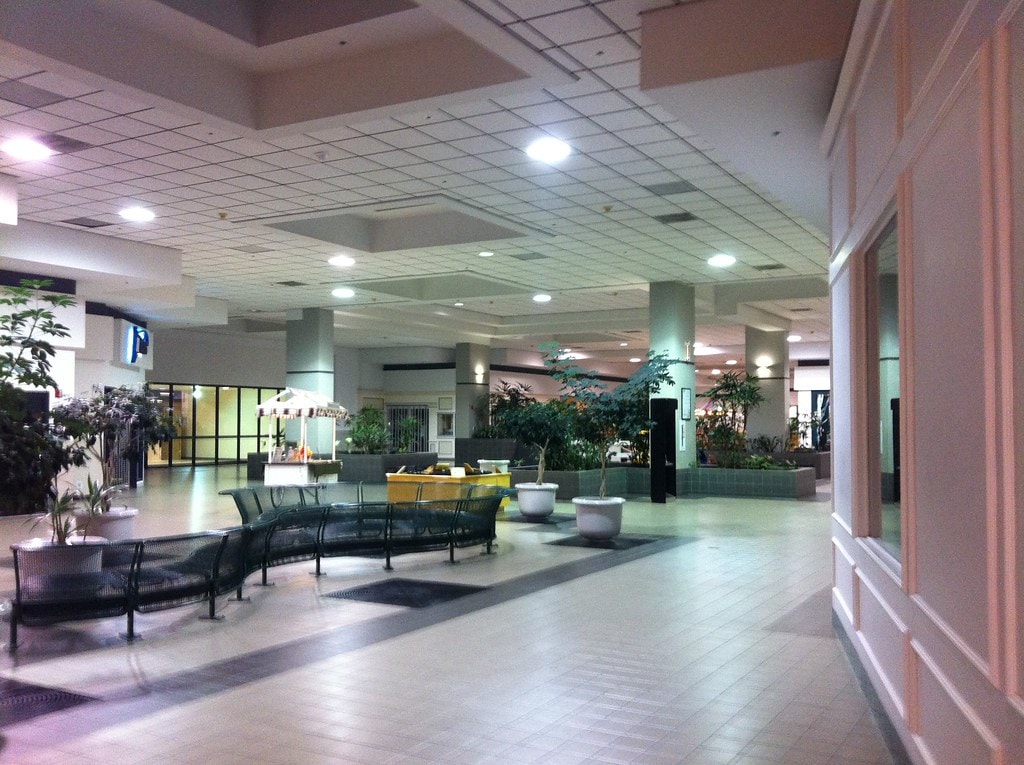
Retail Collapse and Full Shutdown (2015-2021)
The cracks widened fast after 2014. Peebles, which had taken over the former Stone & Thomas space years earlier, closed in March 2018.
That left one more gap in a retail strip already running on low gear.
Steve & Barry's had exited long before that. Books-A-Million was gone.
Most of the inline stores were already shuttered or sitting dark.
By mid-2020, the anchor count had dropped again.
On June 4, 2020, JCPenney announced its Staunton Mall location would close by October, part of a nationwide cut affecting 154 stores.
That left Belk standing alone. No competing anchor. No built-in traffic driver. The parking lot was emptied earlier than the store calendar flipped.
On November 24, 2020, a formal notice went out: all remaining tenants, except Belk, would need to vacate the premises within 30 days.
By the start of 2021, the interior mall was sealed.
Belk stayed open with its exterior entrance, but the rest of the structure had gone quiet.
Ownership at that point sat with Staunton EM 2 LLC.
Demolition wasn't immediate. It took time to wind down utilities and finalize the tear-down plan.
But there was no effort to revive leasing or fill vacancies.
The mall's commercial function had ended. What remained was square footage without a use, walls without a plan.
Demolition Delays and Redevelopment Stalls (2022-2025)
Demolition started in March 2022. The first blows came down on the former JCPenney building.
Machines stripped the walls down to steel and slab.
One by one, the interior corridors disappeared. Crews left Belk and the small surrounding outparcels alone.
As of February 2023, most of the mall footprint had been cleared.
The land was supposed to be repurposed.
The stated plan from Staunton EM 2 LLC was to convert the site into a mixed-use development - part residential, part retail.
But construction didn't follow. Permits stalled. Public updates dried up. The property sat bare.
By July 2024, the situation hadn't improved. Residents aired complaints at local meetings.
The site had become a blank lot with rebar sticking out of dirt.
The Augusta County Board of Supervisors acknowledged the holdup, citing legal issues between the owner and the demolition contractor.
There were no timelines.
March 2024 photos showed cracked concrete still on-site, with crews slowly lifting slabs that hadn't seen daylight since the 1960s.
There was no sign of framing, no groundwork for new buildings.
In May 2024, a public event at the SolArt Center gave people space to share stories about the mall.
There was no announcement from the owner.
As of spring 2025, the lot remains undeveloped. The mall is gone. The plans that replaced it haven't moved past drawings and stalled equipment.
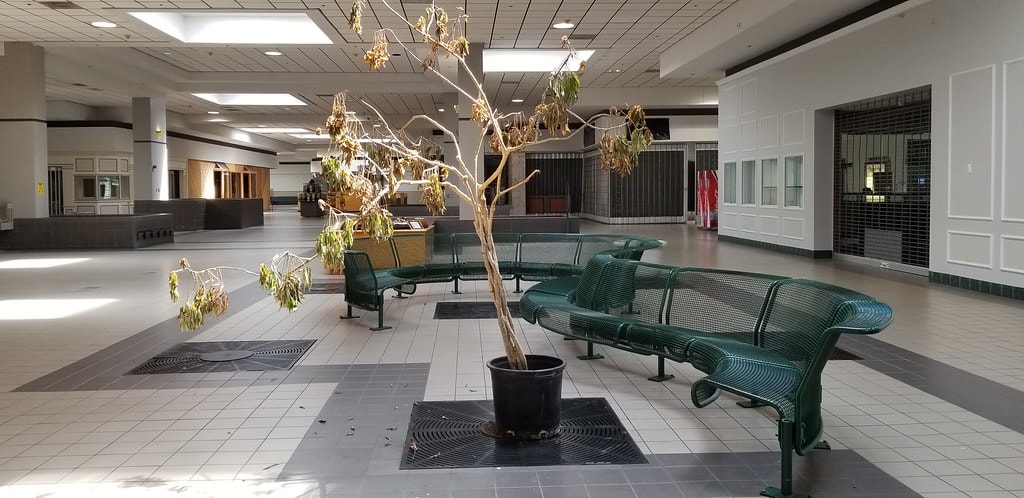
🍀


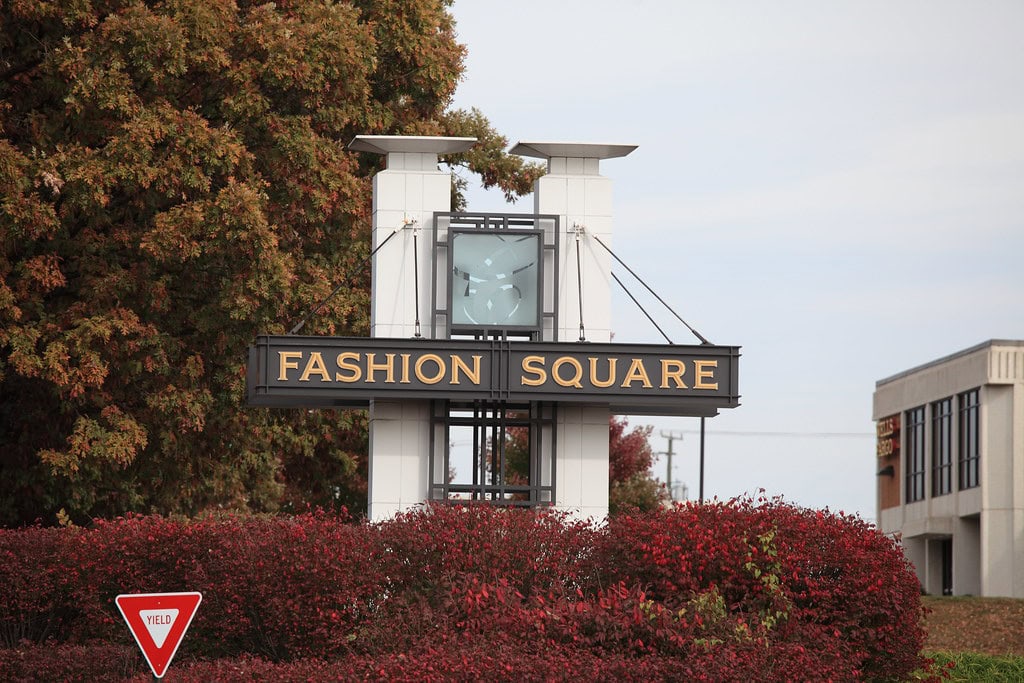
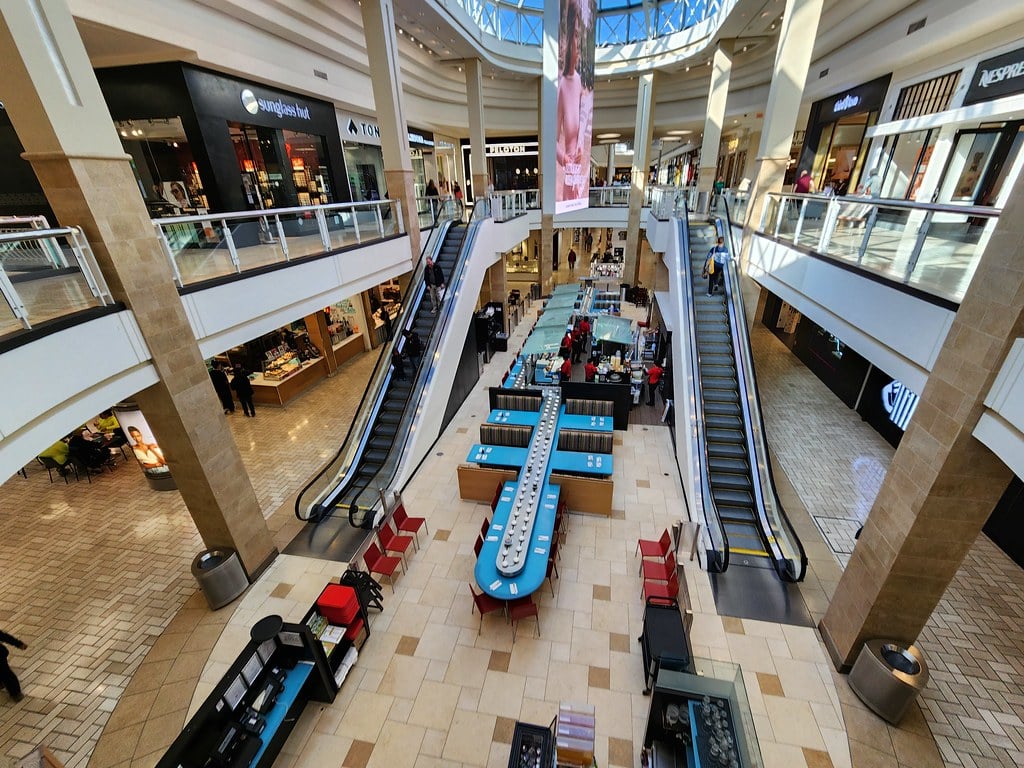
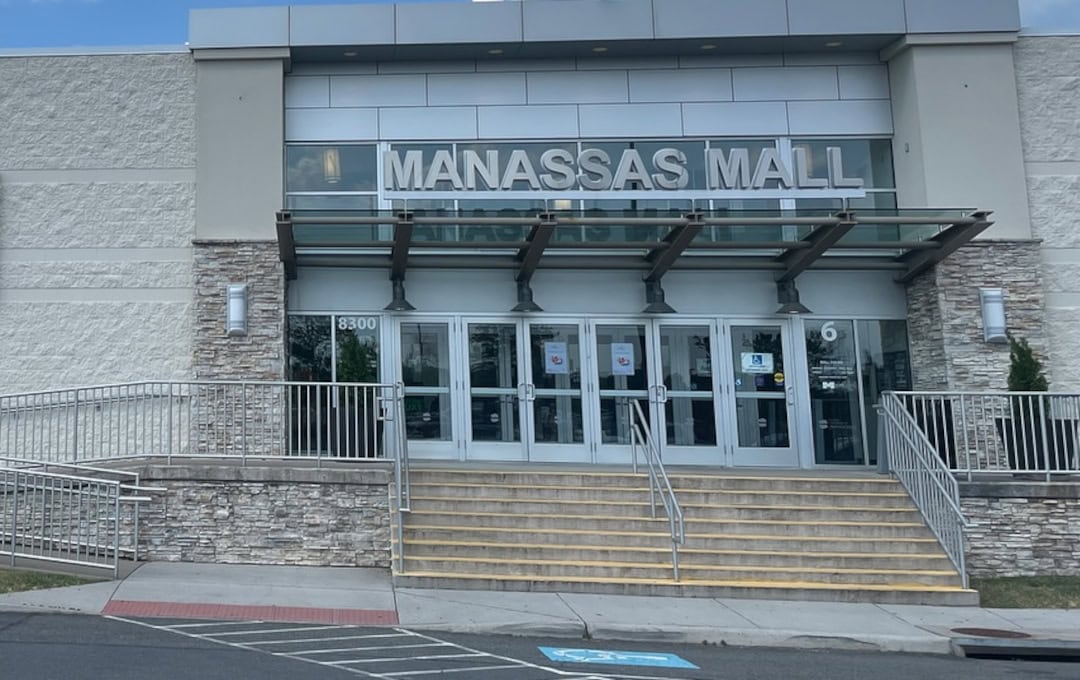
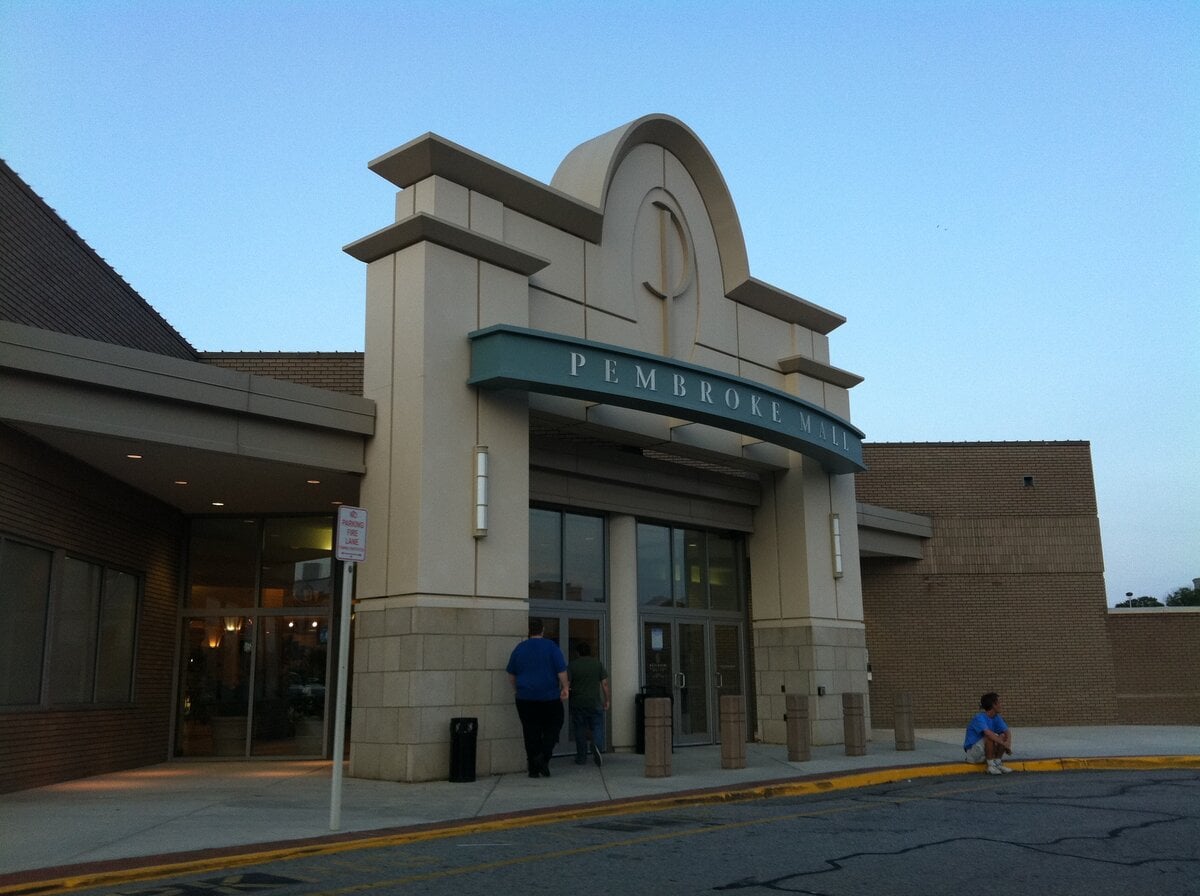
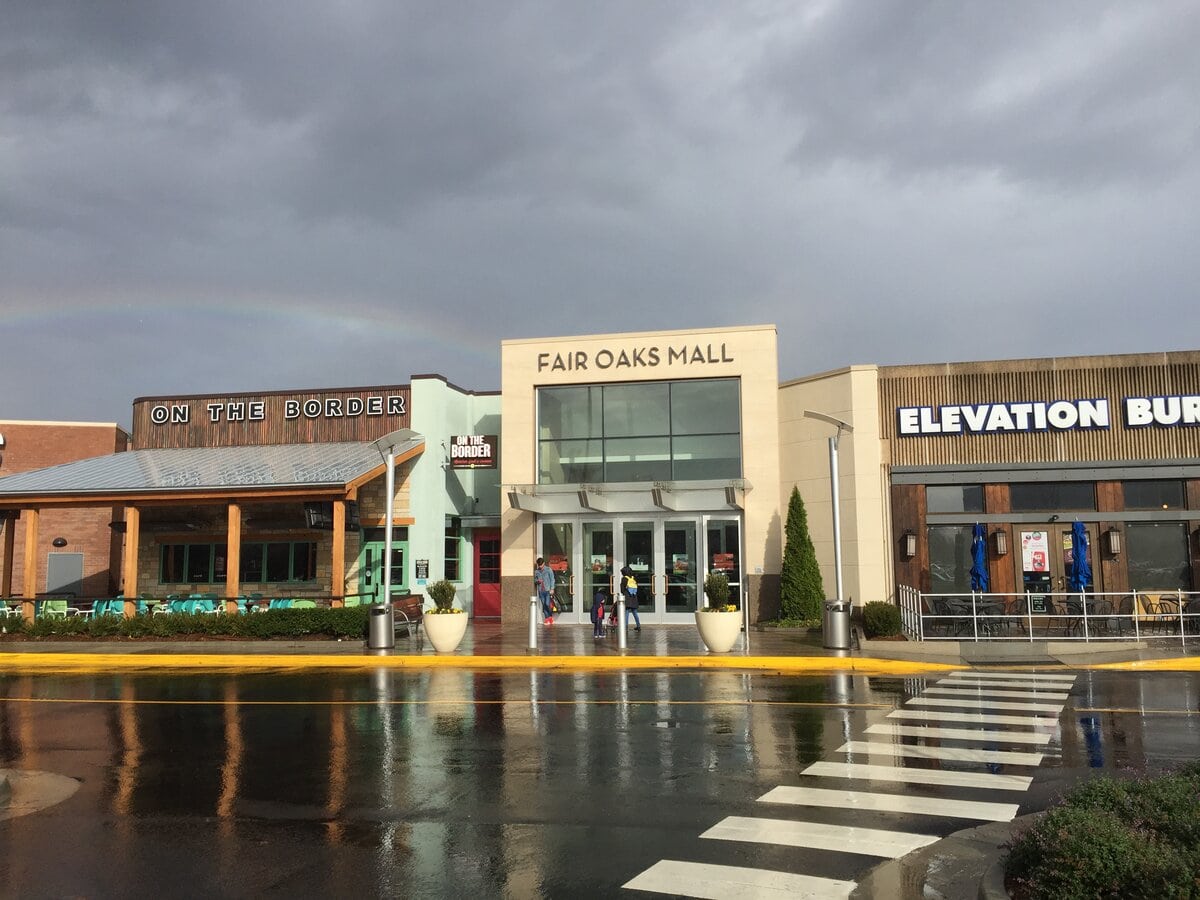
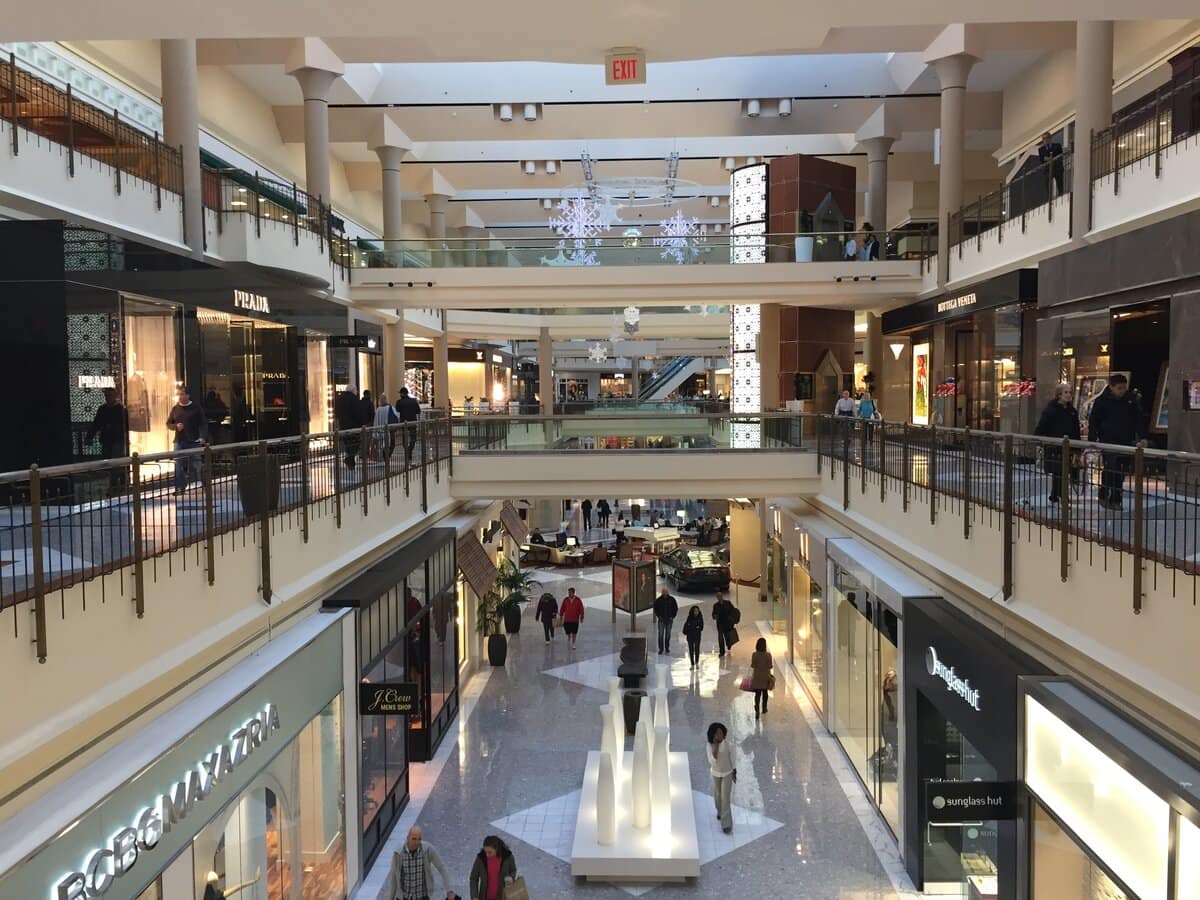
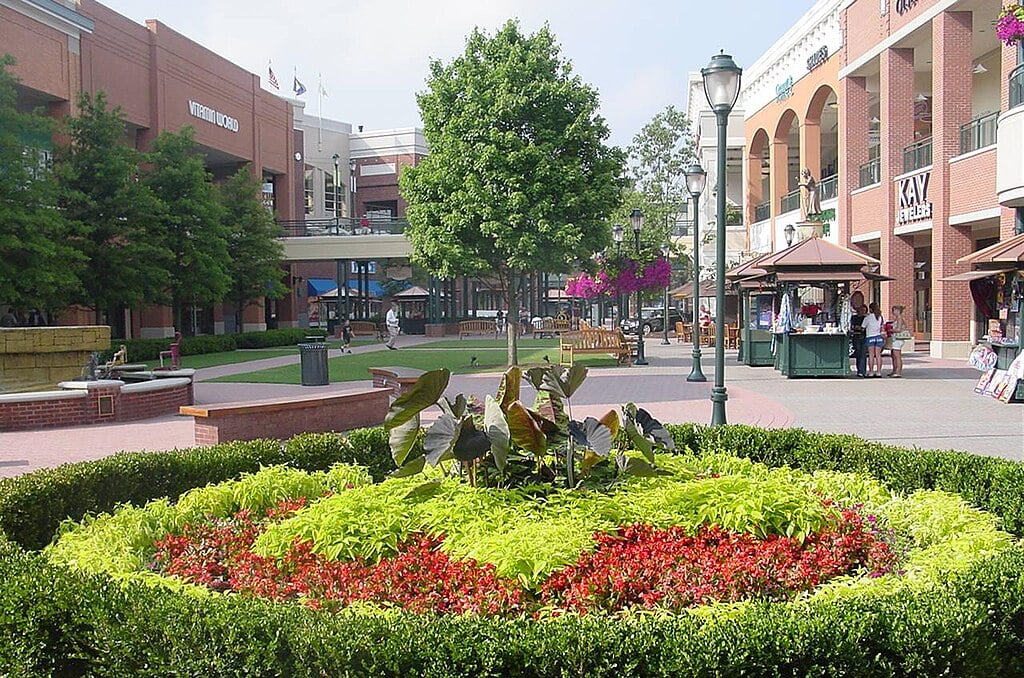
We Really miss The Colonial Staunton Mall. Such a shame to not fix it up, let everyone who did enjoy it be able to again. Fix the parking lot. If they had a meeting about ideas on renovating it we would have a mall to be Proud of!
A meeting like that—open to the public, focused on renovation—might have helped chart a different future. When people care enough to attend, the foundation for revival is already there.